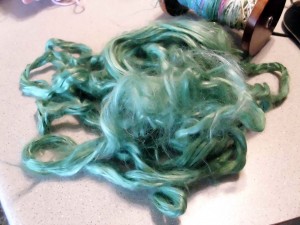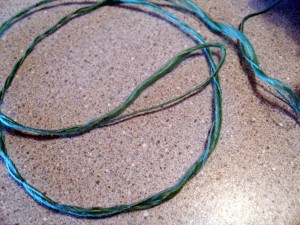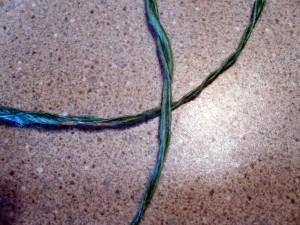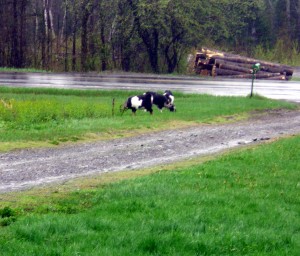Ramie is one of the oldest fiber crops, having been used for at least six thousand years, and is principally used for fabric production. It is a bast fiber, and the part used is the bark (phloem) of the vegetative stalks. Ramie is normally harvested two to three times a year but under good growing conditions can be harvested up to six times per year. Unlike other bast crops, ramie requires chemical processing to de-gum the fiber.
Harvesting is done just before or soon after the beginning of flowering. It is done at this time because at this stage there is a decline in plant growth and the maximum fiber content is achieved. Stems are harvested by either cutting just above the lateral roots or else bending the stem. This will enable the core to be broken and the cortex can be stripped from the plant in situ.
After harvesting, stems are decorticated while the plants are fresh. If this is not done while the plants are still fresh the plants will dry out and the bark will be hard to remove. The bark ribbon is then dried as quickly as possible. This will prevent bacteria and fungi from attacking it.
The extraction of the fiber occurs in three stages. First the cortex or bark is removed; this can be done by hand or by machine. This process is called de-cortication. Second the cortex is scraped to remove most of the outer bark, the parenchyma in the bast layer and some of the gums and pectins. Finally the residual cortex material is washed, dried, and de-gummed to extract the spinnable fiber. I did try to find out how the fiber is degummed and most companies want to keep this a trade secret. However I did find an abstract of a different chemical process for degumming ramie( which would take a chemist to understand).
Enough of that lets get to the fun stuff:
I dyed my ramie in a blend of cushing’s dyes in turquoise, bright green, and green. This was the gorgeous result.
Here it is all spun up.
I found ramie to softer than flax but harsher than cotton. It took the dye really well even though I was told it wouldn’t take dye well. I spun mine dry but ramie can spun wet or dry.
Here’s a great pic of my goats enjoing the rain.
Tags: animal rescue, animals rescue maine, fiber processing, is ramie a green fiber, ramie fiber is used, ramie spinning fiber, spinning ramie, vegan spinning fiber, vegan spinning wool, vegetarian spinning fibers













